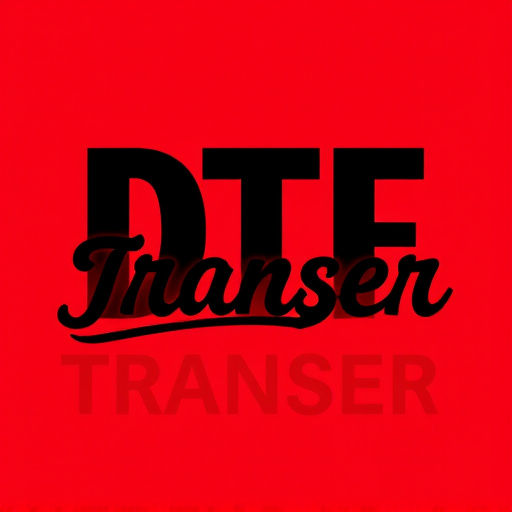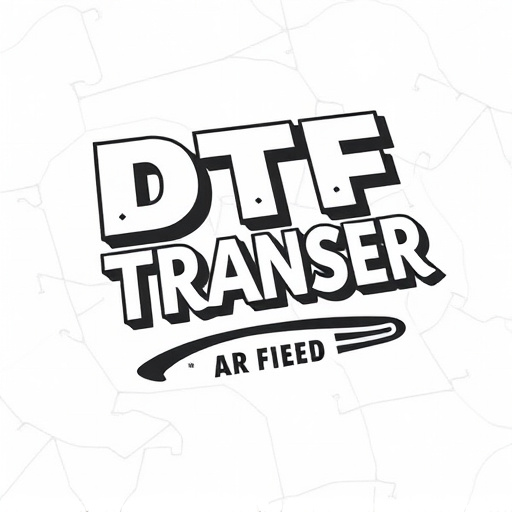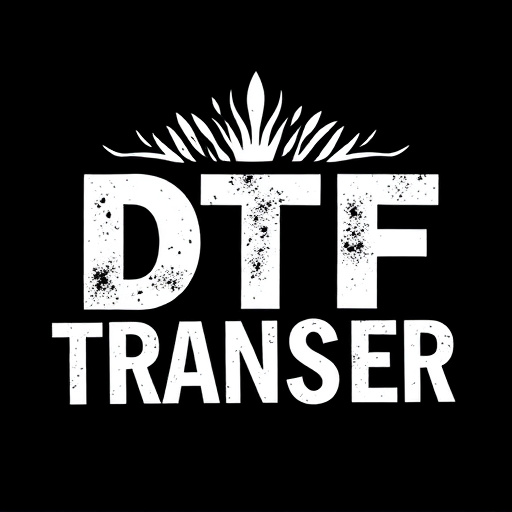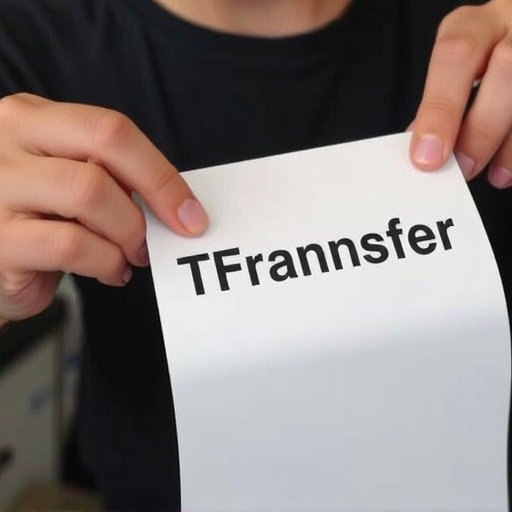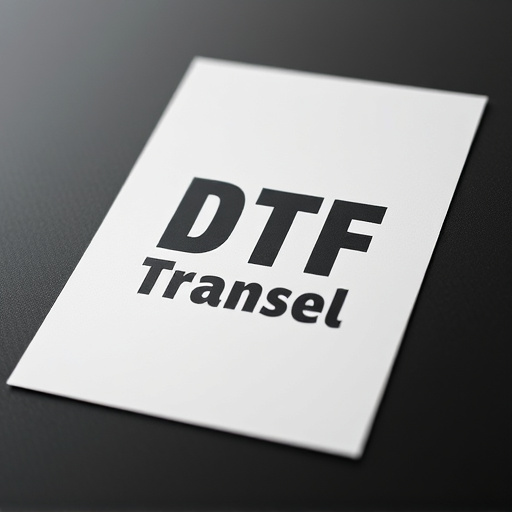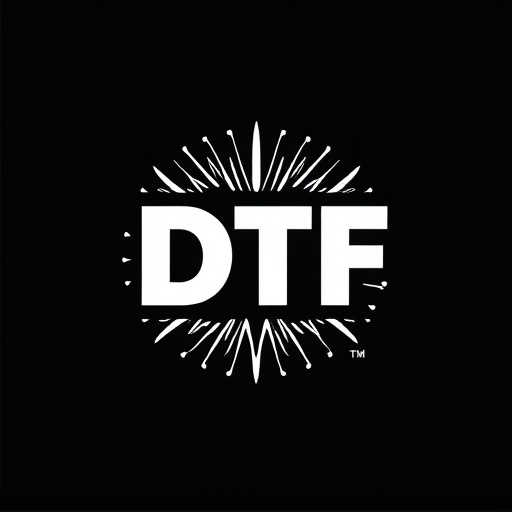DTF Printing (Direct-to-Film) is revolutionizing commercial visual marketing by offering swift, versatile, and cost-effective production for outdoor ads, event signage, and promotional materials. This cutting-edge process combines advanced printing tech and specialized chemicals to precisely transfer high-quality prints onto various films suitable for banners, posters, vehicles, and more. Ideal for both temporary and long-term solutions, DTF Printing enhances brand visibility and customer engagement with durable, vibrant colors and sharp details. Selecting the right specialist is key; look for experts with in-depth DTF knowledge, industry expertise, and successful case studies. The process begins with design preparation, followed by meticulous application and rigorous quality control. Real-world applications include outdoor advertising and packaging design, with future advancements promising higher resolution, improved durability, and expanded material options.
“Discover the art of DTF Printing (Direct-to-Film) and its transformative power for commercial projects. This comprehensive guide explores how expert production houses are revolutionizing branding, packaging, and display materials. From understanding the process to unlocking its benefits, we delve into the key considerations for clients seeking top-tier DTF solutions. Get ready to explore successful case studies and glimpse into the future of this innovative technology.”
- Understanding Direct-to-Film Transfer Production: A Comprehensive Overview
- The Benefits of DTF Printing for Commercial Applications
- Choosing the Right Expert: Key Considerations for Clients
- Technical Aspects: From Design to Final Output
- Case Studies: Successful DTF Transfers in Action
- Future Trends and Innovations in Direct-to-Film Technology
Understanding Direct-to-Film Transfer Production: A Comprehensive Overview
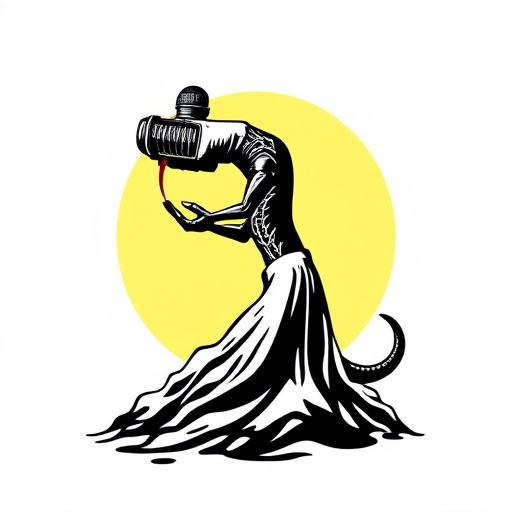
Direct-to-film transfer production, or DTF Printing, is a cutting-edge process that enables commercial clients to create high-quality prints and graphics directly on various film surfaces. This innovative technique has revolutionized the way businesses approach outdoor advertising, event signage, and promotional materials. By eliminating traditional intermediate steps, DTF Printing offers unparalleled speed, versatility, and cost-effectiveness.
The process involves a sophisticated combination of advanced printing technology and specialized chemicals. Commercial print files are precisely aligned and transferred onto specific film types, ensuring vibrant colors, crisp details, and durability. This method is particularly advantageous for clients seeking temporary or long-term solutions, as the films can be easily applied to diverse surfaces like banners, posters, and even vehicles.
The Benefits of DTF Printing for Commercial Applications
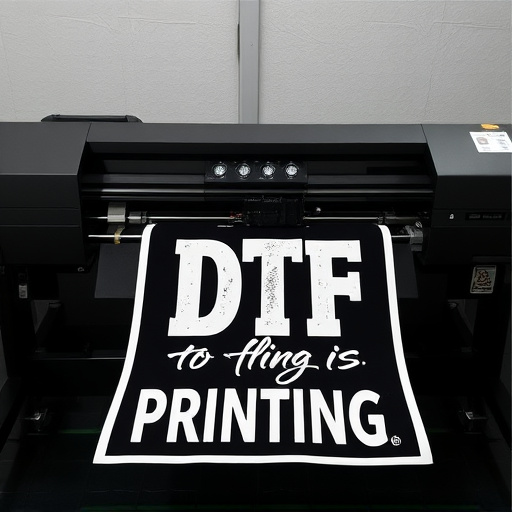
Direct-to-film (DTF) printing offers a plethora of advantages for commercial applications, revolutionizing the way businesses approach visual marketing. One of its key strengths lies in the ability to produce high-quality, long-lasting prints on various materials, from banners and posters to vehicle wraps and outdoor signage. This makes DTF an ideal solution for businesses seeking visually appealing and durable advertising solutions.
Additionally, DTF printing enables fast turnaround times, allowing commercial clients to quickly adapt to changing market demands. With its precision and versatility, this technology ensures consistent image quality, vibrant colors, and sharp details, ultimately enhancing brand visibility and customer engagement.
Choosing the Right Expert: Key Considerations for Clients
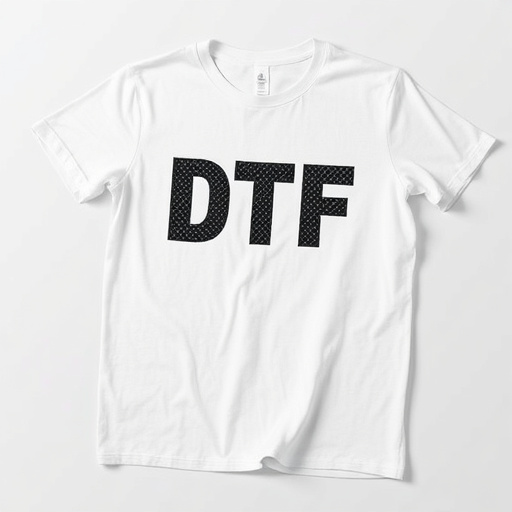
When considering expert direct-to-film transfer production for commercial projects, clients must prioritize selecting the right specialist. Key considerations include a deep understanding of DTF Printing technologies and their applications. Look for professionals who can advise on the most suitable print method based on project requirements, whether it’s for high-volume runs, specialized materials, or unique finishes.
The ideal expert should possess industry knowledge, experience with various substrates, and the ability to offer tailored solutions. Clients should inquire about past projects, case studies, and client testimonials to gauge their reputation and capabilities. Ensure they stay updated with DTF Printing innovations to deliver top-quality results aligned with your commercial goals.
Technical Aspects: From Design to Final Output
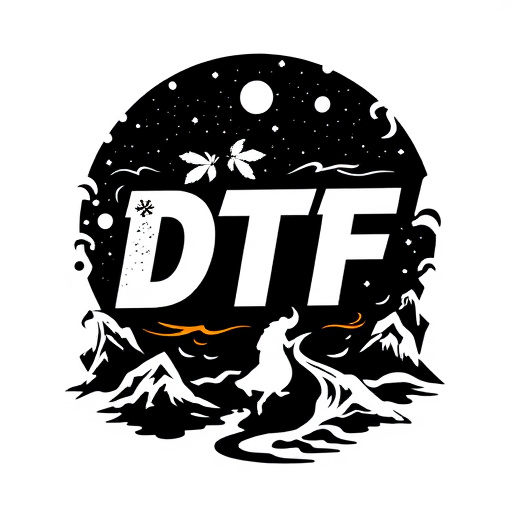
The technical process behind expert direct-to-film (DTF) transfer production involves a meticulous journey from design to final output, ensuring exceptional results for commercial clients. It begins with precise design preparation, where graphic artists create or adapt visuals tailored to the client’s brand and preferences. These designs are then optimized for DTF printing, considering factors like color profiles, resolution, and file formats to achieve the desired quality.
Once the design is finalized, it undergoes a series of technical checks and adjustments during the printing stage. Skilled technicians use specialized equipment to precisely transfer the design onto the chosen film material, ensuring accuracy and vibrancy in every detail. Quality control measures are implemented at each step, from ink selection to substrate preparation, to guarantee that the final output meets the highest standards, delivering a captivating visual experience for commercial applications.
Case Studies: Successful DTF Transfers in Action
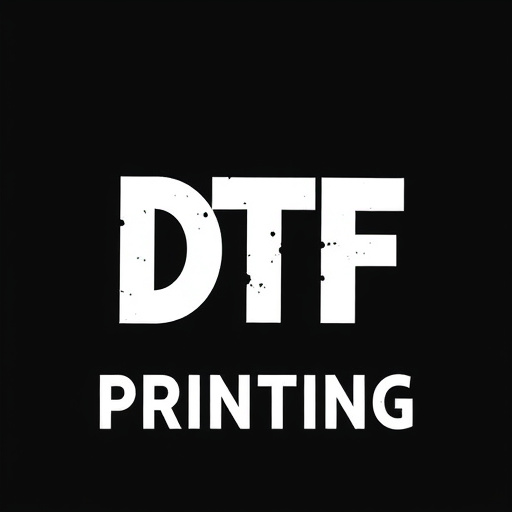
Direct-to-film (DTF) printing has proven its mettle in numerous real-world applications, delivering exceptional results for commercial clients across various industries. Case studies highlight successful DTF transfers that showcase the technology’s versatility and high-quality output. For instance, outdoor advertising companies have embraced DTF for producing durable, vibrant billboards and posters that withstand harsh weather conditions. These prints offer crisp details and vivid colors, ensuring maximum impact on passersby.
Another notable success story is found in packaging design, where DTF Printing has revolutionized product labeling and packaging. It enables the creation of unique, eye-catching labels with intricate designs, texturing, and specialized finishes. This level of customization not only enhances brand identity but also provides a competitive edge for products on store shelves. Moreover, DTF’s ability to print directly onto various film types ensures compatibility with diverse packaging materials, making it a versatile solution for manufacturers.
Future Trends and Innovations in Direct-to-Film Technology

The future of direct-to-film (DTF) technology promises exciting innovations that will further revolutionize printing and production for commercial applications. One prominent trend is the development of more advanced DTF Printing methods, enabling higher resolution, vibrant colors, and improved material versatility. This evolution allows for the creation of eye-catching, high-quality prints directly on various film surfaces, catering to diverse industry needs.
Additionally, integration of cutting-edge technologies like artificial intelligence (AI) and machine learning is on the horizon. These tools can optimize print processes, enhance image quality, and automate customization options, making DTF production more efficient and tailored to individual client requirements. As technology advances, we can expect faster turnaround times, enhanced durability, and a broader range of film types suitable for different commercial applications, from packaging to advertising and beyond.








